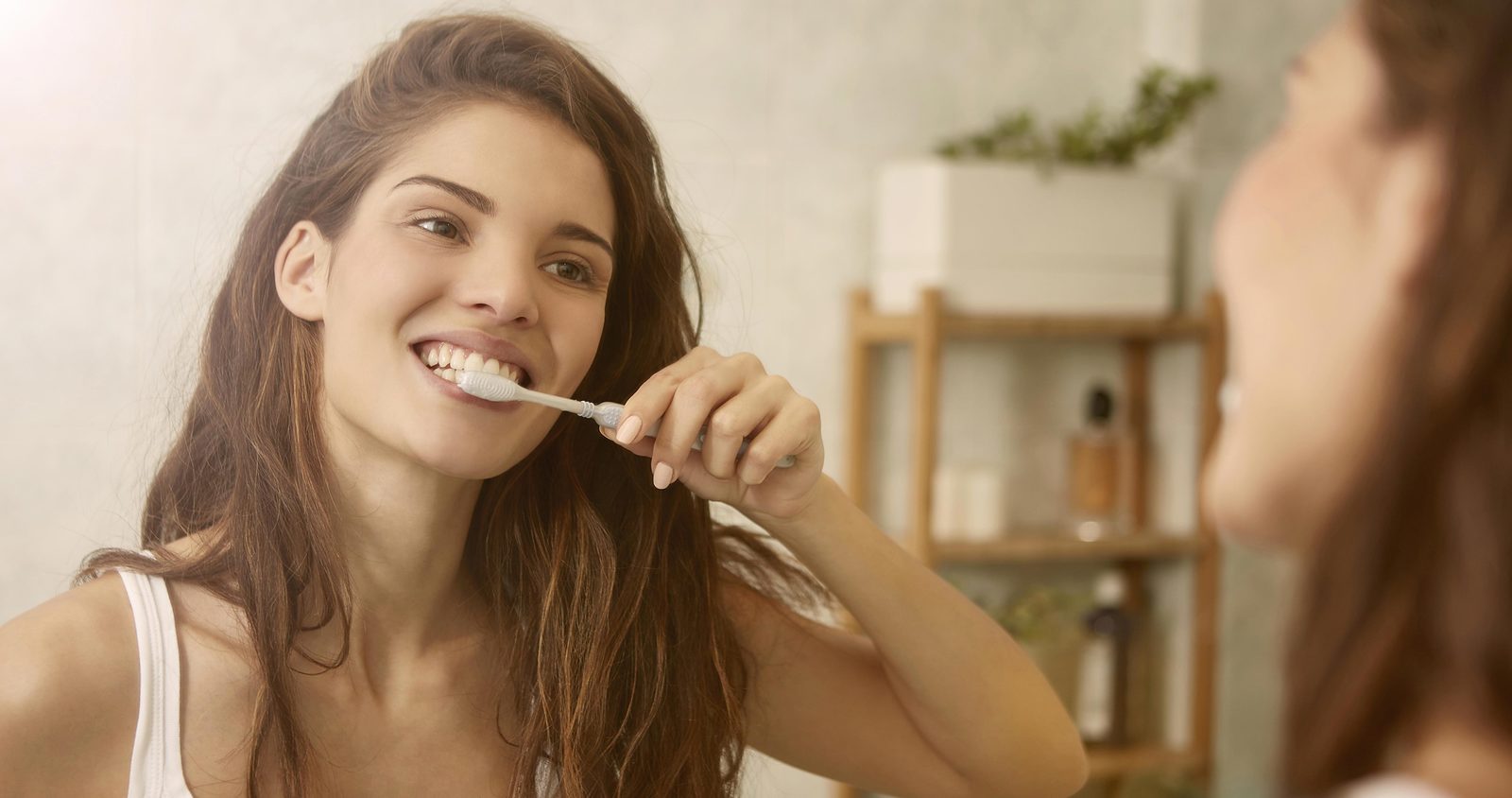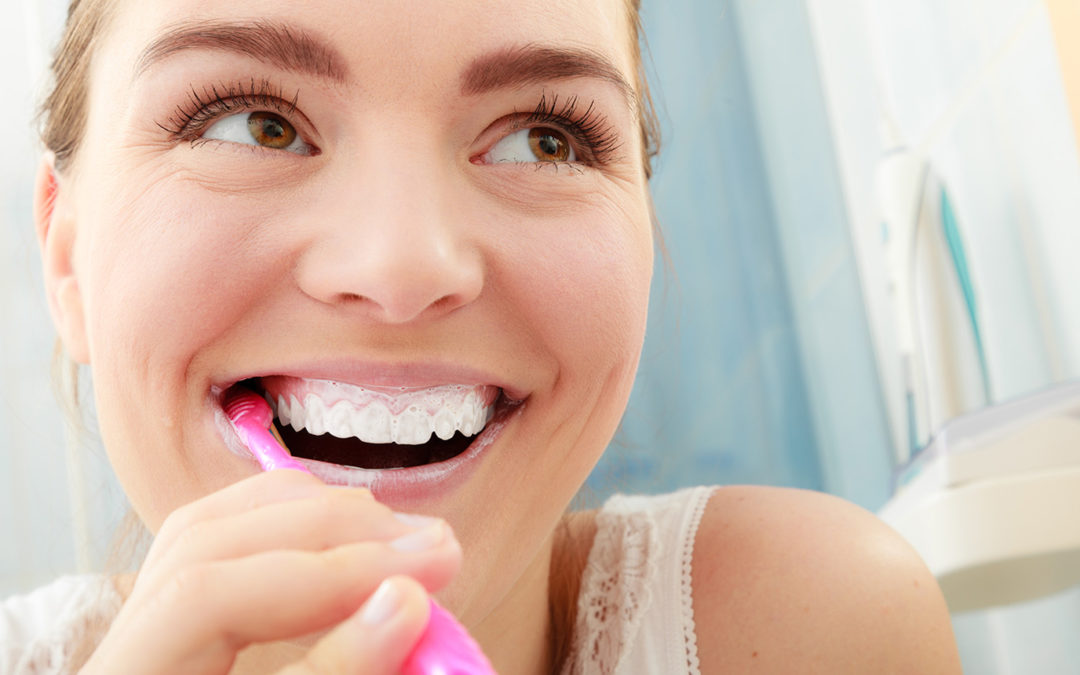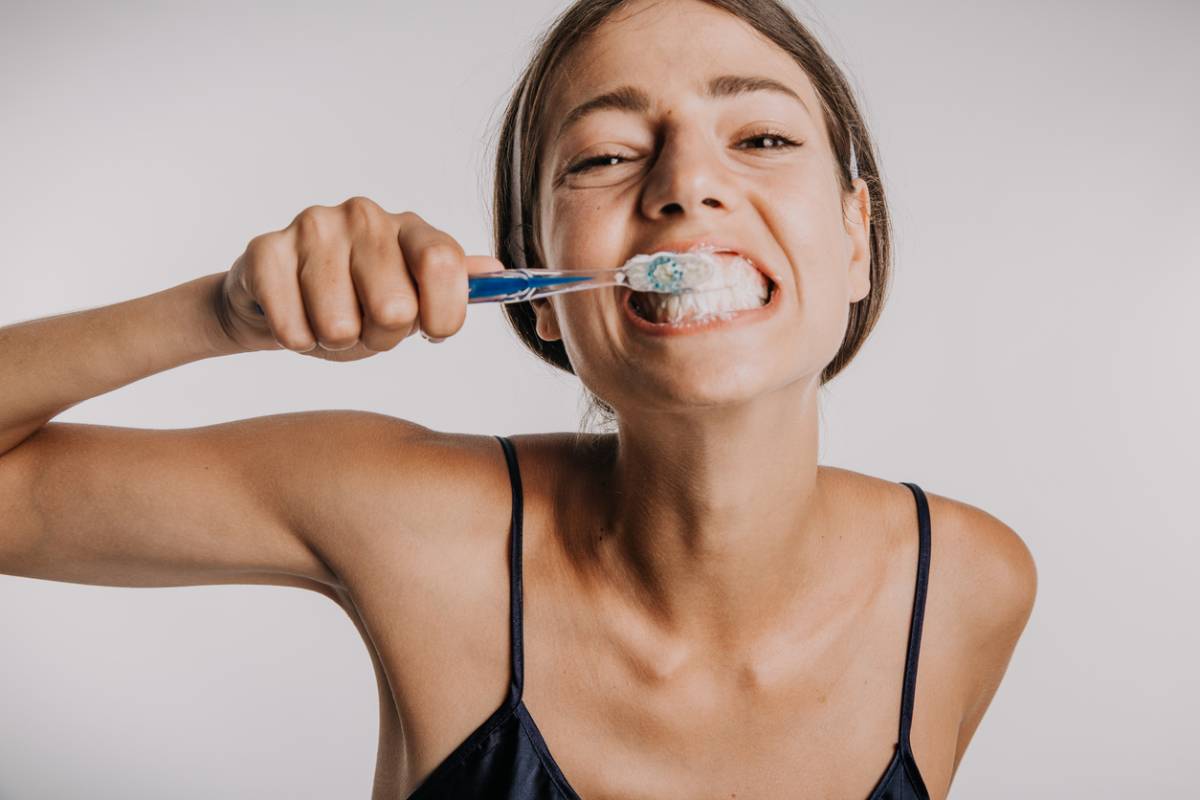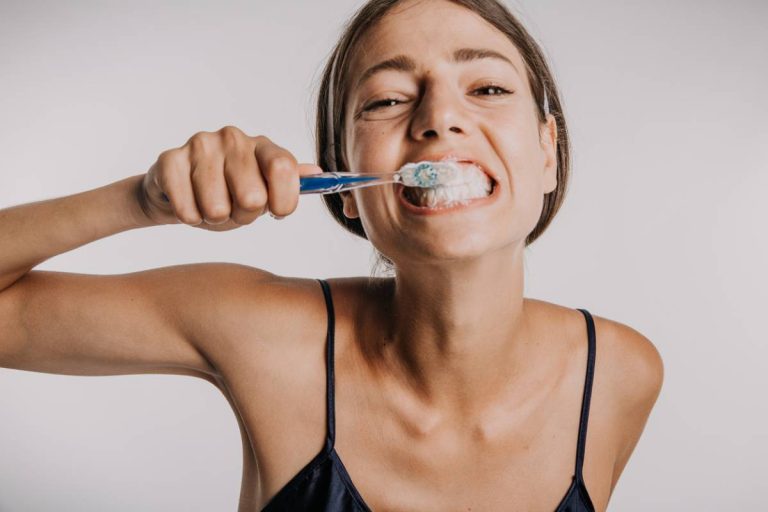
How to Brush Your Teeth
How to Brush Your Teeth for Optimal Oral Health
Oral health is crucial for overall well-being, and proper tooth brushing is a significant part of maintaining good oral health. Brushing your teeth is a simple task, but it is essential to do it correctly. How to brush your teeth?In this blog, we will discuss the basics of tooth brushing, tips for effective brushing, common mistakes to avoid, and special considerations for different age groups.
The Basics of Tooth Brushing
Toothbrushes come in different sizes, shapes, and bristle types. Choose a toothbrush that fits comfortably in your mouth and is easy to use. Soft-bristled brushes are ideal because they are gentle on the teeth and gums. Hard bristles can cause damage to the enamel and gums, leading to issues such as tooth sensitivity and gum recession.
It is also important to select toothpaste that meets your oral hygiene needs. Toothpaste comes in different types, such as fluoride toothpaste, desensitizing toothpaste, and whitening toothpaste. Consult your dentist or dental hygienist for recommendations on toothpaste that fits your oral health needs.
Proper Brushing Technique
Proper brushing technique is essential to achieve optimal oral health. Begin by wetting your toothbrush and applying toothpaste. Place the toothbrush at a 45-degree angle to the gum line and use gentle circular motions to brush the outer surfaces of your teeth. Make sure you brush all surfaces of your teeth, including the chewing surfaces, the inside surfaces, and the tongue.
Brush for at least two minutes, twice a day. Use a timer to ensure you brush for the recommended time. When you brush your teeth, don’t forget to brush your tongue to remove bacteria that cause bad breath.
Tips for Effective Tooth Brushing
Brushing your teeth is not enough to maintain good oral hygiene. Incorporate flossing and mouthwash into your daily routine. Flossing removes food particles that are stuck between teeth, which can cause tooth decay and gum disease. Mouthwash freshens breath and kills bacteria that cause bad breath and plaque buildup.
To reach all tooth surfaces, hold your toothbrush vertically and use up-and-down strokes to clean the inside surfaces of your front teeth.
Common Mistakes to Avoid
One common mistake people make when brushing their teeth is brushing too hard. Brushing too hard can cause damage to the gums and enamel. Use gentle circular motions to brush your teeth and avoid applying too much pressure. Also, avoid brushing for less than two minutes or over four minutes.
Another mistake is using an old or worn-out toothbrush. Replace your toothbrush every three to four months or when the bristles start to fray. A worn-out toothbrush is less effective in removing plaque and bacteria from your teeth.
Special Considerations for Different Age Groups
Children need help with tooth brushing until they can do it themselves effectively. Teach your child to brush their teeth twice a day and supervise them until they can do it independently. Children under three years need only a tiny smear of toothpaste.
As we age, our oral health needs change. Older adults are more susceptible to gum disease and tooth loss. Ensure you brush your teeth twice a day and floss daily to maintain good oral hygiene. If you wear dentures, ensure you brush them daily and soak them overnight.
Conclusion
Proper tooth brushing is essential for maintaining good oral health. Follow the proper brushing technique, use soft-bristled toothbrushes, and toothpaste that meets your oral hygiene needs. Incorporate flossing and mouthwash into your daily routine and avoid common mistakes such as brushing too hard and using an old toothbrush. Remember to brush your teeth twice a day, for at least two minutes each time. By following these tips, you can improve your oral health, prevent tooth decay, and gum disease, and maintain a healthy smile.



